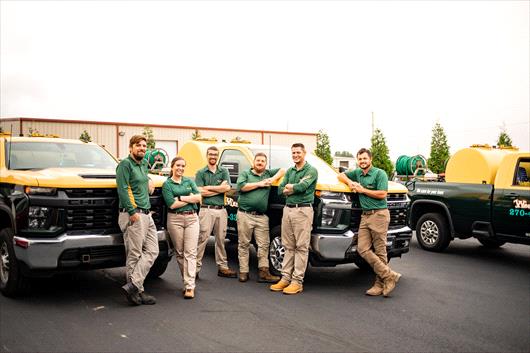Your Cart

Common Weeds in Georgia Lawns
May 06, 2024
Spring has sprung – and so have spring weeds! As we hit the ground running this lawn care season, there are a few spring weeds we’re already seeing in customer lawns in the Roswell area. Let's take a closer look at 10 troublesome weeds plaguing warm-season lawns this season.
Dandelion
.jpg)
Probably the most recognizable weed that can pop up in your lawn, these bright yellow blooming weeds are expert seed-spreaders – both from the characteristic white seed-bearing heads and from the roots that grow new shoots underground. Because of this, a population of dandelions can spiral quickly out of control! Dandelions are a nonnative species here in North America, which means they often out-compete our native species of plants for resources, like water and nutrients. This is bad news for the health and appearance of your lawn or garden. And, yes, dandelions can also be an eyesore!
Henbit
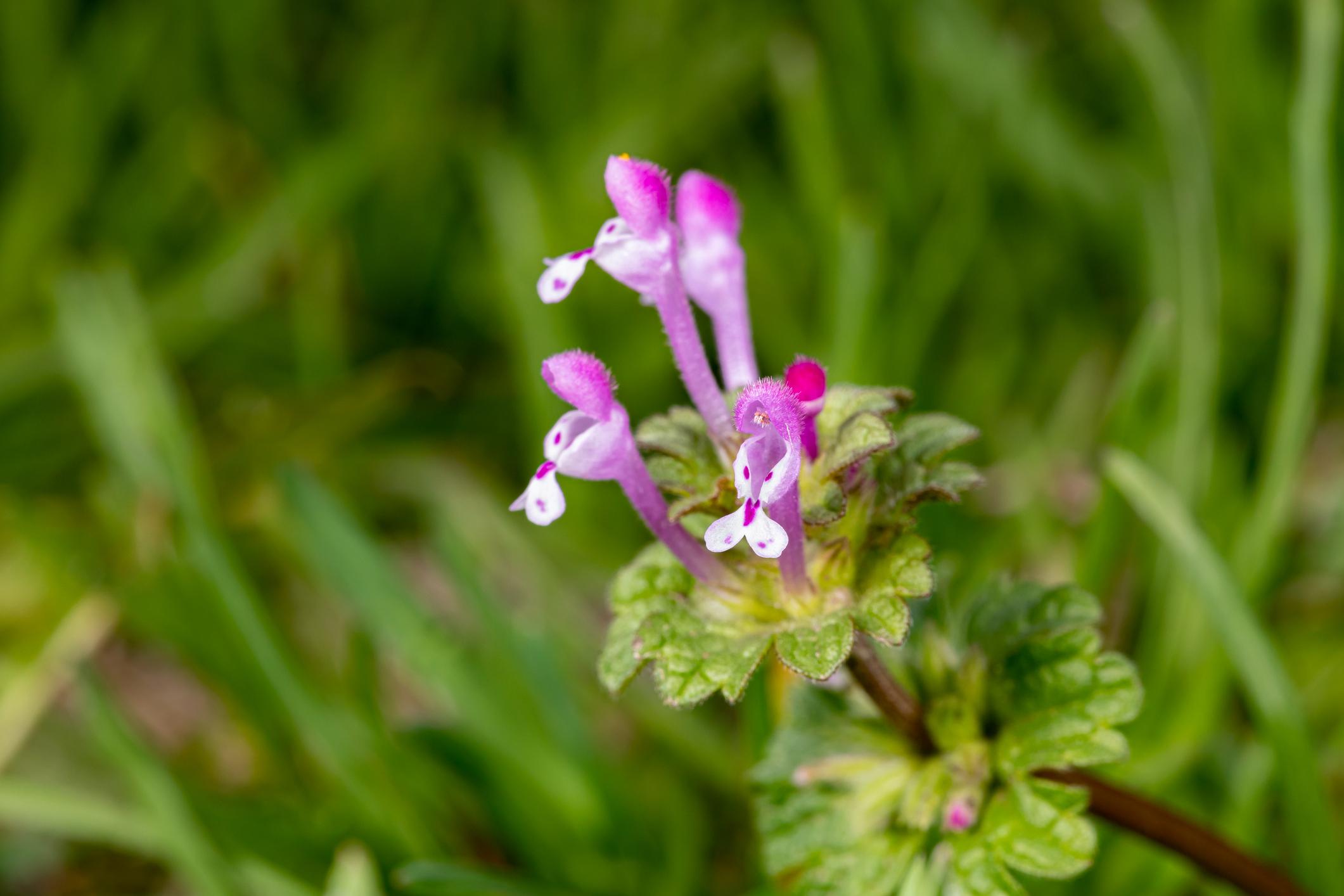
This winter annual weed has characteristic purple flowers and can grow to a height of 16 inches! It’s actually a member of the mint family and it’s often confused with a similar-looking weed, purple deadnettle. It’s likely to grow in areas of your lawn that are thin, shady, and excessively moist. It can spread quickly and it may take multiple seasons to fully control.
Blanket Crabgrass
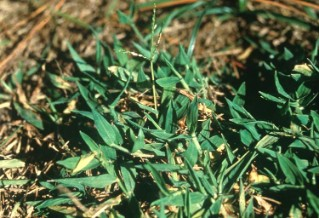
Blanket crabgrass is known for its ability to grow and spread rapidly, hence its name: “blanket” crabgrass. It can grow up to 12 inches tall and has a branching stem with hairy leaves that are light green in color. The leaves are arranged in a spiral pattern and are very rough to the touch. Blanket crabgrass is a summer annual or short-term perennial with creeping stolons that produce large quantities of seeds, which can last in the soil for several years. Blanket crabgrass is undesirable because of its coarse texture, unsightly color, and weakness of the plant’s structure. These characteristics do not blend well into a fine textured, dark green, healthy lawn. Once blanket crabgrass dies off, it leaves behind thin or bare patches, which will need to be renovated.
Dallisgrass
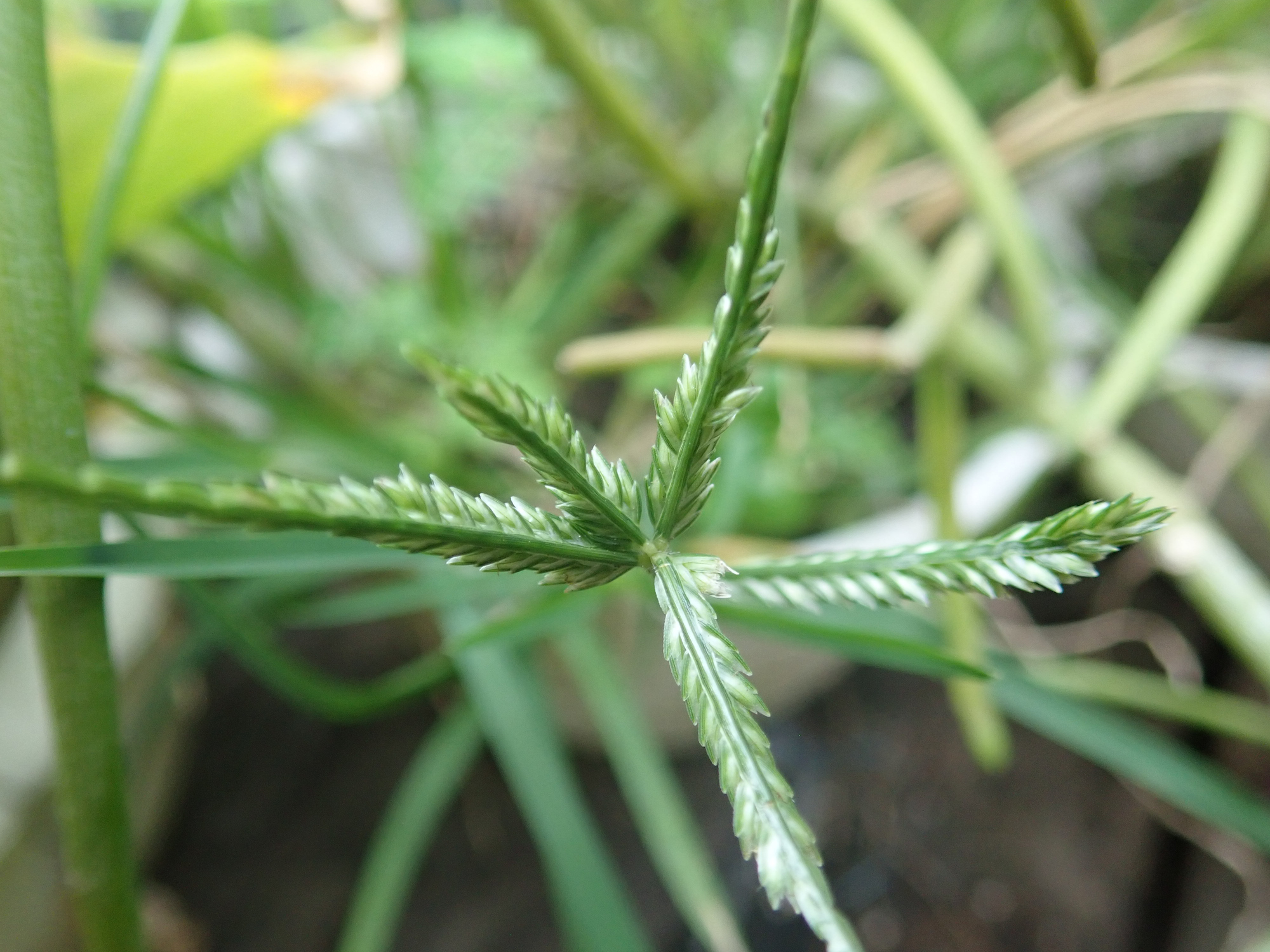
Dallisgrass is a coarse-textured perennial that grows in an ever-enlarging circular clump. It sometimes grows so large that the center dies out while the outer rings continue to smother all other turf grasses in its path. Dallisgrass is very aggressive and can easily outcompete desirable grasses, making it difficult to control. Its short rhizomes root easily in moist soil, and it has a distinctive seed head that is tall and purplish in color and produces a large quantity of seeds. Dallisgrass will also thrive in sandy or clay soils, growing twice as fast as regular turf grasses and creating unsightly tufts for the homeowner.
Nutsedge
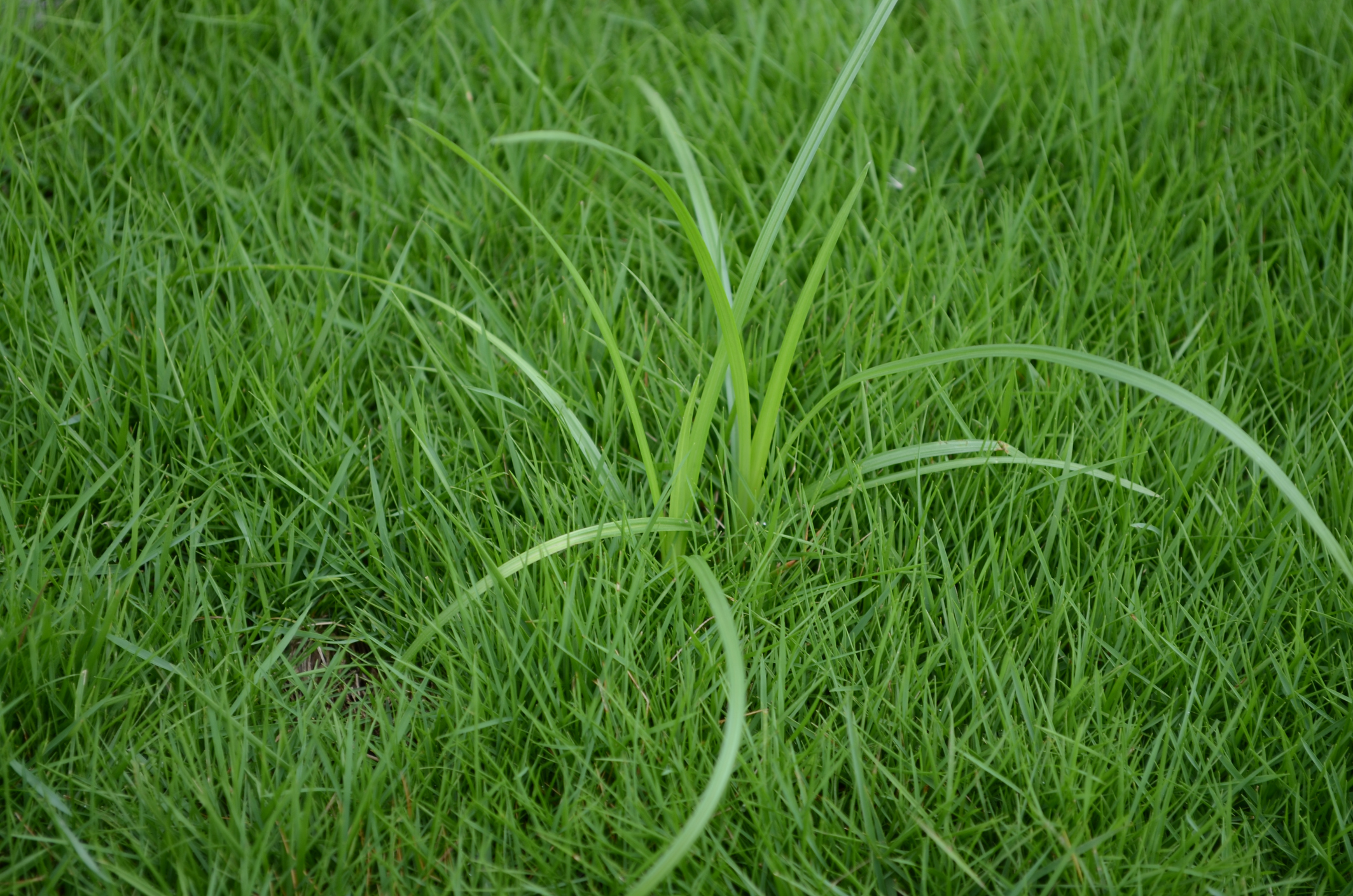
Nutsedge, often referred to as “nutgrass” because of its nut-like tubers, is a true sedge and not a grass plant. Sedges are difficult to control because they have a deep root system and seeds that can germinate over a long period of time. Nutsedge is considered a nuisance in lawns, gardens, and agricultural fields because it can outcompete desirable plants for water and nutrients. There are many different varieties of Nutsedge, but Yellow Nutsedge and Purple Nutsedge are the most common throughout North American lawns. Yellow Nutsedge has light brown flowers and seeds, and Purple Nutsedge has reddish flowers and dark brown or black seeds. Nutsedges are easy to distinguish because of their growth habit, light green color, and rapid growth rate, resulting in a non-uniform turf.
Lespedeza

Common lespedeza, also known as Japanese clover or annual lespedeza, has three smooth, oblong leaflets with parallel veins that are nearly perpendicular to the midvein. As common lespedeza matures, the stems harden and become woody, which is attributed to persistence and competition with turfgrasses in late summer. Flowers are pink to purple and present in the leaf axils. Other lespedeza species may also be found as weeds in turf, but common lespedeza is the primary species in the southern United States.
Doveweed
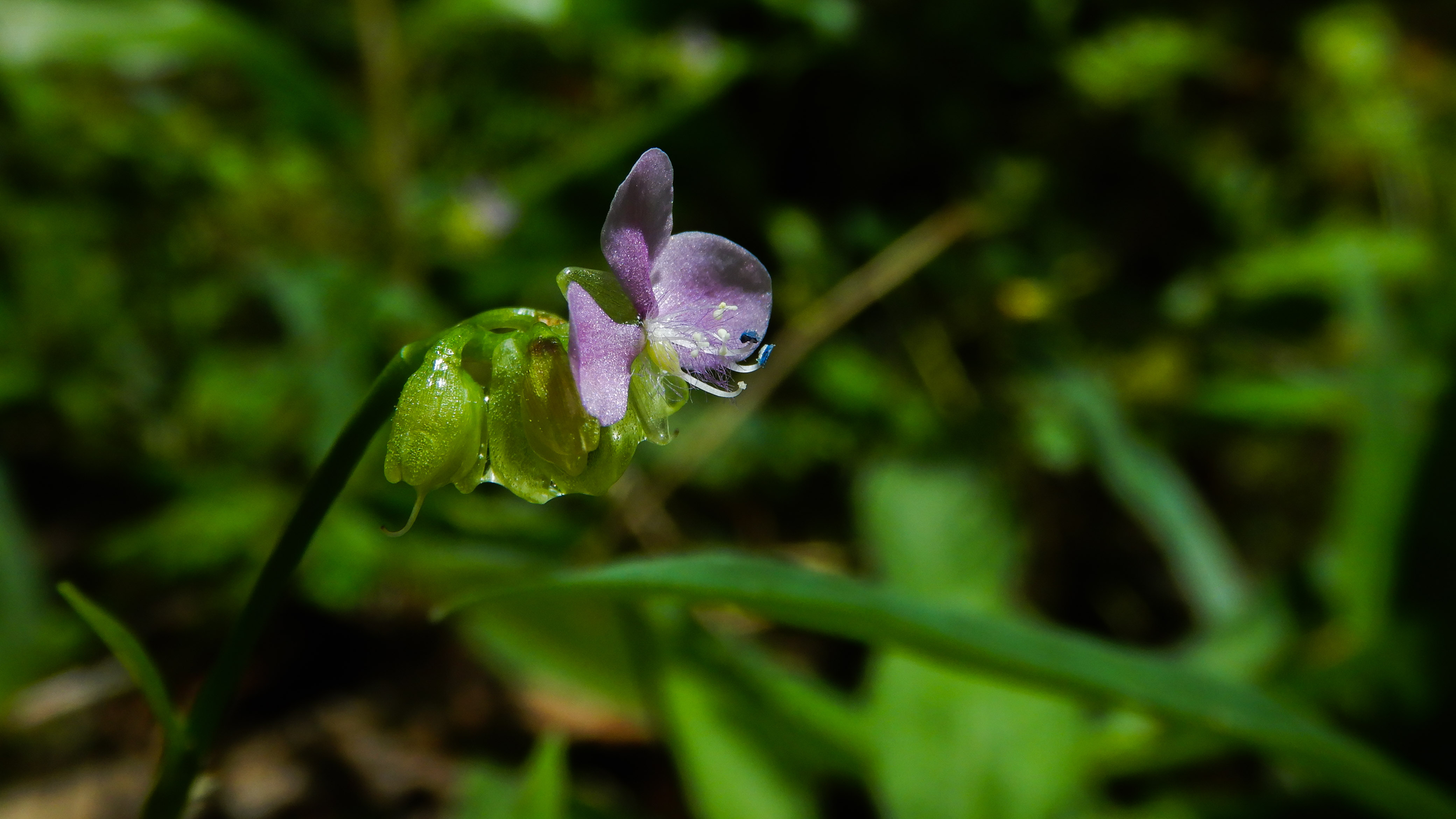
Doveweed is a summer annual, and its seeds start germinating in late spring when soil temperatures reach 65 to 70°F. Doveweed is characterized by thick, shiny leaves that can grow up to 4 inches in length, displaying parallel veins. Due to its extended, grass-like foliage, doveweed is frequently overlooked in lawns with St. Augustine or centipedegrass. The weed exhibits aggressive spreading within the lawn through robust aboveground stems, referred to as stolons.
Annual Bluegrass

Annual bluegrass, or Poa Annua, is a common weed that invades Bermudagrass lawns and golf courses. It is often more visible in Bermudagrass lawns during the winter months when Bermudagrass is dormant. It’s a cool-season grass that can tolerate low mowing heights and has a high seed production rate, which allows it to spread quickly and makes it difficult to control.
Chickweed
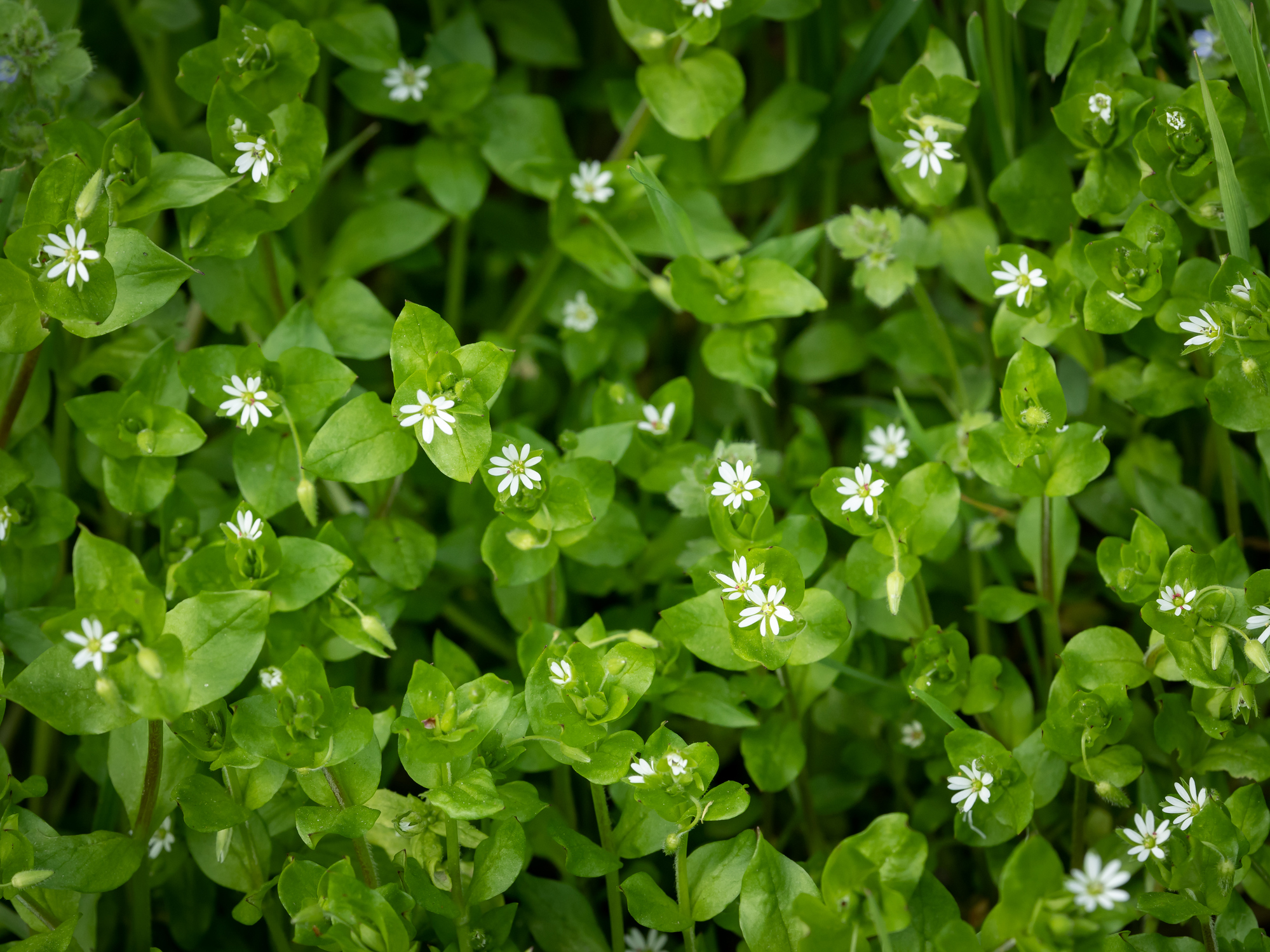
Chickweed is an annual broadleaf weed with a shallow root system and small white flowers. You’ll find it growing in moist soil and areas with sufficient sunlight. This hardy weed is drought-tolerant and highly competitive, reproducing quickly and spreading across your lawn.
Weed Control with Weed Man
At Weed Man, your weed control program is specially tailored to the needs of your lawn, whether we’re dealing with dandelions, henbit, nutsedge, or any other troublesome weed plaguing your warm-season lawn. We use top-of-the-line weed control products, safely applied in the hands of our trained professionals. We time our contact treatments during dandelions’ peak germination periods, and our equipment is carefully calibrated to apply the proper amount of product. The result is a lush, healthy lawn all season long.
Do you have questions about your spring lawn care? Give us a call! Our trained and certified technicians can make expert recommendations to improve the health and appearance of your lawn.


